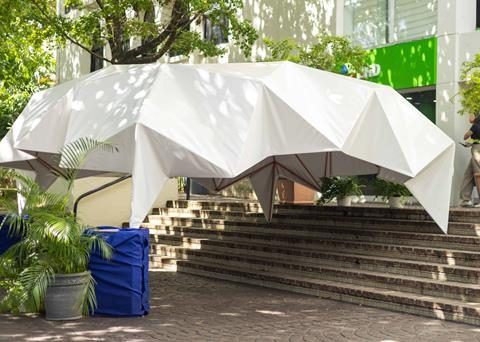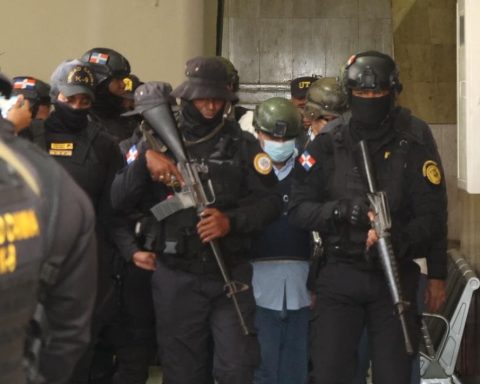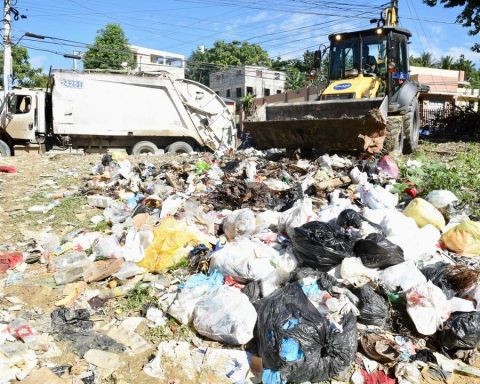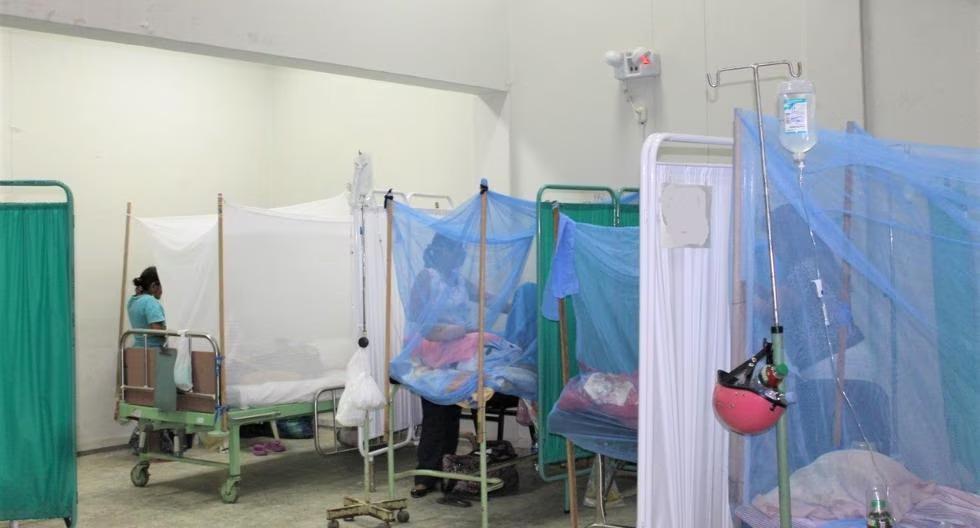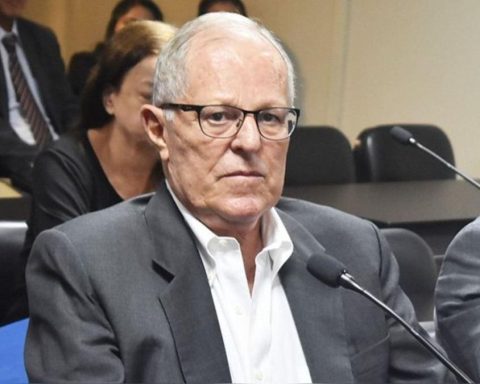The members of the Water Observatory assured this Wednesday that the dams in the country have enough water to guarantee the demand of the aqueducts and ensure the harvest of the crops already planted, although they called on the population to make a rational use of the resource and must coordinate with the Agricultural Cabinet for the next plantings.
The information was offered during the weekly meeting, held this Wednesday at the headquarters of the Dominican Hydroelectric Generation Company (Egehid). The meeting was convened to analyze the weather forecasts before the present drought seasonality, its prospects for the next three months and the availability of water in reservoirs for different uses.
The meeting was headed by the Egehid holders, Raphael Salazar; the executive director of the National Institute of Hydraulic Resources (Indrhi), Olmedo Caba Romano; the director of the National Meteorological Office (Onamet), Gloria Ceballos; the director of the Santo Domingo Aqueduct and Sewerage Corporation (CAASD), Felipe Subervi, and the executive deputy director of the National Institute of Drinking Water and Sewerage (Inapa), Wascar Martinez.
During his speech, Salazar highlighted that, by knowing the prospects of the climatic condition, they will be able to carry out a more efficient management of the water of the reservoirs to guarantee their availability until the rainy season arrives. In addition, he emphasized that more is needed dams in the country, which will allow for a greater capacity to manage river flow variability.
Meanwhile, Caba Romano indicated that the Observatory institutions should focus on how to provide the best operational management, due to the current drought. He claimed that the amount of water in the dams ensures supply for demand water drinking water for the population and for the plantings already in progress. He said that the cultivation of new areas must be coordinated with the Ministry of Agriculture and the Agricultural Cabinet so that producers are not at risk.
Meanwhile, Ceballos highlighted that, although the month of February ended with below average rainfall, there has not been a drought severe or strong, while it recommended maintaining monitoring because the historical and climatic conditions of March are that it is the month with the least rainfall.
For his part, Suberví stressed that in order to ensure the long-term water drinking water, the Presidency of the Republic is studying alternative and expanded solutions for the Greater Santo Domingo aqueduct, analyzing various sources of water additional to those available.
At the meeting of Water Observatory Elwin Rodríguez, Director of Operations of the Santiago Aqueduct and Sewerage Corporation (Coraasan); Manuel González Tejera, advisor to the Ministry of Agriculture; Carlos Peña García, from the Ministry of Defense; Luis Popa, Inapa’s Director of Operations, and Luis Salcedo, CAASD’s Director of Operations.
Also present were Máximo De Óleo and Máximo Gómez, sub-administrators of Egehid, and by Indrhi were Raúl Pérez Durán, director of Planning and Water Development; Josefina Turbides, in charge of the Department of dams; Luis Cuevas, in charge of the Irrigation Systems Operation division; Juan Fulvio Ureña, environmental management advisor, and Israel Acosta, in charge of the Hydrology department, among others.



